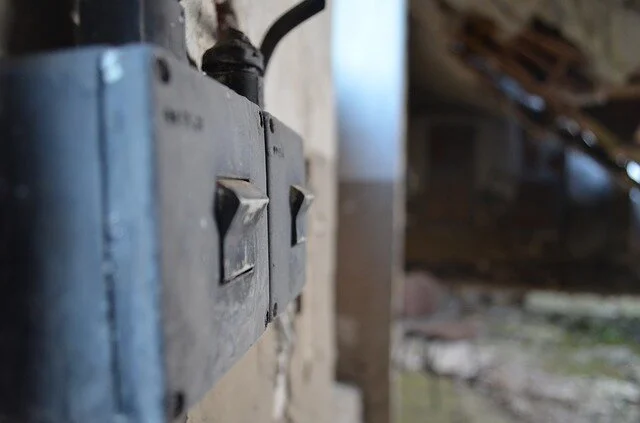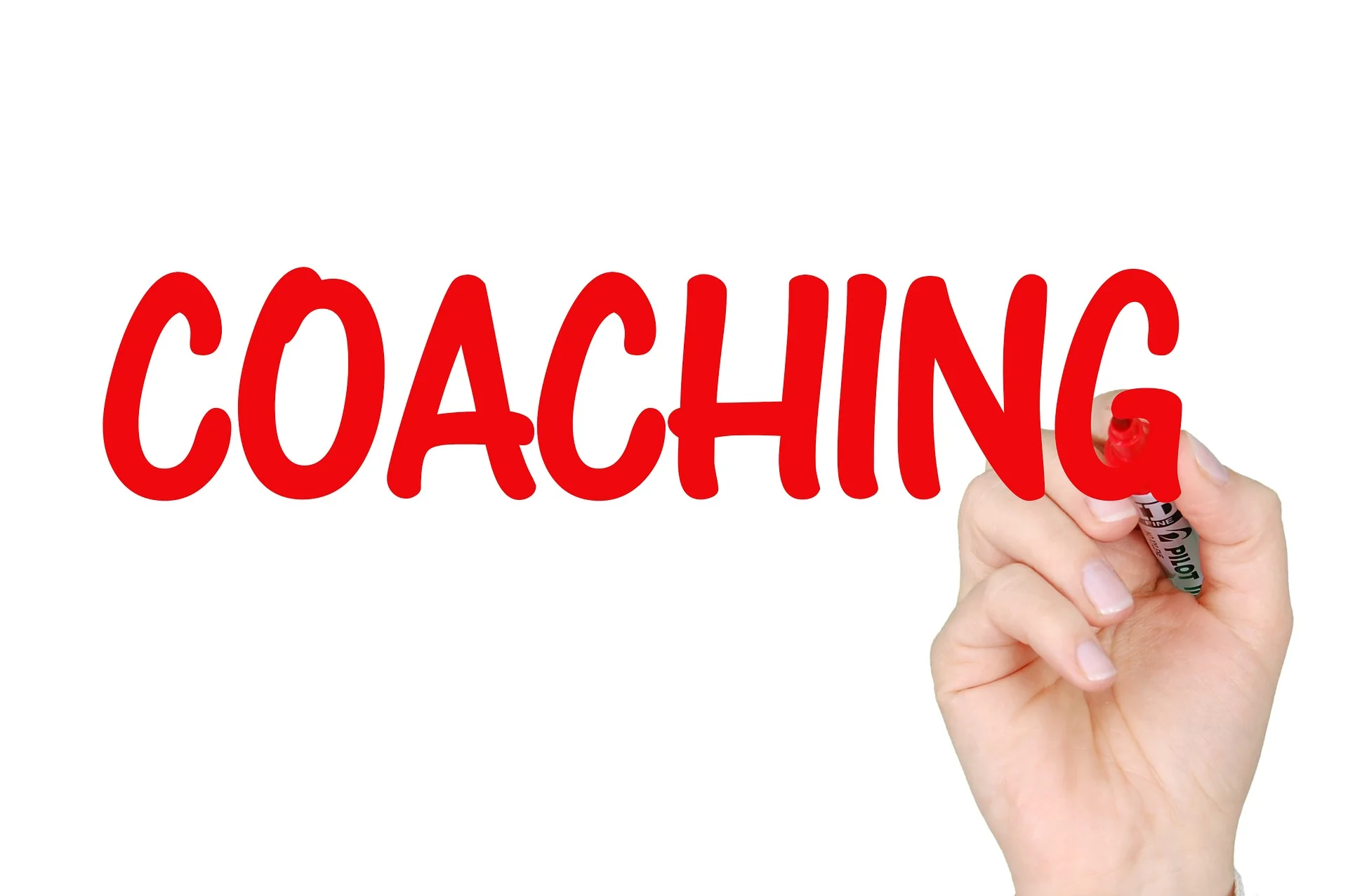We have all had this experience. It hits us when we engage in any physical task that involves using muscles we don't use very often--a new exercise routine, a long hike--heck, even dancing when we haven't done it in a while--can make us sore and exhausted. The same is true for the mental muscles we don't exercise very often.
Mentors, Sponsors, and Peers
Mentoring comes up a lot in coaching. Many clients are seeking professional mentors, and others are striving to be good mentors for teammates or students. We usually think of mentors as more experienced colleagues who can advise us and foster our professional development. Relationships with mentors are built on mutual respect and trust. But mentors are not the only relationships that professionals need to cultivate.
Are You Living by Default or Design?
Trust
When you think about it, the very foundations of daily life rest on trust. Every time we get in the car, we trust that most drivers will operate vehicles safely and according to traffic laws. We trust that our physicians will do their best to provide us with good medical care. We trust that the police officer who pulls us over for speeding will treat us with fairness and respect. We trust that the check-out clerk at the supermarket will not cheat us. In short, in order to move through the world most effectively, we must trust that most people are acting on good faith and doing the best they can.
Dreams
Before we begin our work together, I ask new clients to answer a series of reflection questions. Along with a client’s goals for coaching, a conversation about the client’s responses to these reflection questions shape our initial coaching session. One of the questions is “What dream for your life is still unfulfilled?”
Balance
Balance. When I begin work with new coaching clients, I ask them to set three to five goals for our work together. The word balance almost always appears somewhere in each client’s list of goals: “Live a more balanced life.” “Create more work-life balance.” “Find a better balance between work and play.” “Balance my own needs with those of everyone
Your Life in Third Person
Why Change is Hard
But no matter how worthy our intentions, it is easy for us to lose sight of them and slip back into old habits. One of the first things I learned in coaching training is that human beings have a deep and often subconscious resistance to change, even to the change that we KNOW we want for ourselves. As psychologist James O. Prochaska writes, “However healthy change may be, it threatens our security, and sometimes even self-defeating security feels better than none.”
Rest is a Productive Act
Shedding a Little Light
Last week, my husband and I had a handyman in to take care of a few small household repairs that had accumulated. One of the tasks on the list was to repair the loose bottom step in our unfinished basement. My husband led him down the stairs, stopping halfway down to switch on the light. The handyman said, “You know, I can move that switch to the top of the stairs for you.” And he did. In less than half an hour, he had moved the light switch.
Curate Your Life
Many people are also thinking deeply about what they want their lives to look like after the pandemic. I hear it from some of my clients. They do not want to go back to the “old normal” when many of them were over-scheduled, overworked, and overwhelmed. As one client told me, “The Covid shutdowns have taught me that rest is good, hyper busy is bad.”
What Happens in a Coaching Session?
Beginner's Mind
One of my yoga instructors often reminds her students to approach yoga practice with a beginner’s mind. What she means is that you no matter how experienced you are in practicing yoga, you always come to your mat as if you are beginner. You try never to think, “I’ve done this pose a zillion times, so I know exactly how to do it.” Instead, each time you take the pose, you pay attention to the things a beginner has to think about: how to ground yourself, where to place your feet, how to align your spine, how to breathe, and how to move. By using beginner’s mind, you continually approach your practice with an open mind and a commitment to building on a strong foundation for your pose. You are constantly refining your postures and building strength and flexibility.
Finding Focus in Frenetic Times
I’ve been thinking a lot lately about how challenging it is to focus my attention these days. Like most of us, I’ve been sucked into the digital age, and I spend a lot of time at my screen flipping between my email and the latest piece I’m supposed to be writing, from Facebook to a news update, from my work to . . . . Well—you get the picture: my attention span is rapidly devolving to that of a three-year-old. That has been particularly true in the past frenetic month when recent national events left my mind reeling from a stream of tweets, Facebook posts, and news updates.
You know the old adage: “energy flows where attention goes.” In recent weeks, my energy has been flowing in thirty different directions. The result was that I was exhausted, and I couldn’t seem to focus on achieving my most important goals.
The other night in yoga class, the challenge of concentration came home to me in a new way. For the past several months, one of my yoga teachers has been focusing her Monday night class on the eight limbs of yoga. Although most people think of yoga as the postures that we do in yoga class, yoga as practiced by the ancients was actually a complex philosophy and set of practices meant to guide us in living a meaningful life. In yogic philosophy, this philosophy is known as ashtanga, and It includes eight limbs or parts. (If you’re curious, Yoga Journal has a good introduction.)
Last week we were focusing on the sixth limb, Dharana. My teacher explained that dharana is a set of practices designed to help us calm the mind and free ourselves from external and internal distractions. Dharana is a way to clear the mind in preparation for meditation.
She asked us to arrange ourselves in a circle around the studio, and she placed a lit candle in the center of our circle. We were going to practice a dharana exercise trataka or candle gazing, she explained. Focus on the candle, she said. “It’s not that you don’t think. It’s that you think about the candle. You focus on the way it flickers and moves, the way it looks. Don’t think about your to-do list or what you’re having for dinner. Just think about the candle. It won’t be easy, but when your attention wonders, just re-focus on the candle.”
She was right. It wasn’t easy. I followed her instructions to soften my gaze, but I still had to refocus myself a dozen times in a matter of three or four minutes.
Next, she instructed us to close our eyes. “In your mind’s eye, see that flame. Sit with it. Visualize it.” We did for a couple of minutes, and then she asked us to open our eyes and look at the candle flame again. We repeated the process a couple more times.
As I sat in that circle, a funny thing happened. Last Monday was a damp and cold winter night—one of the first winter nights we’ve had here in South Carolina. To make matters worse, the heat in my building hadn’t been working all day, so I arrived to yoga class chilled to the bone. I sat on my bolster in that circle still wearing my sweatshirt and my wooly socks. That’s not unusual for me; most of the time in the winter, I don’t begin to warm up and shed my layers in yoga class until we begin some strenuous movement. But sitting in that circle, practicing trataka, I suddenly realized that I was warm. In fact, I felt as if my cheeks were glowing. Focusing on that warm candle flame had focused my energy in such a way that I had actually warmed right up.
I was tickled by my a-ha insight, and I hoped I’d be able to maintain both my calm focus and that warm inner glow throughout class. But as my teacher said, concentration is never easy. She instructed us to move from our circle to our mats and to keep returning our attention to the mental image of the glowing candle throughout our practice. “When your mind wanders, bring your attention back to the flame,” she said. “Close your eyes if you have to.”
Alas, my mind did wander. Over and over, I’d close my eyes and bring the image of the flame to mind. And I was reminded anew that the act of concentrating—of focusing my energy—is not a skill I learn once and internalize. Instead it’s a discipline—a practice—a thing I have to rededicate myself to repeatedly throughout each and every day.
Throughout that winter night and throughout the week that has followed, I keep reminding myself to stop and close my eyes and breathe deeply and see the candle flame in my mind’s eye. I’ve been practicing my dharana so that I can direct my attention to the places that need my energy most. And a couple of times, I’ve even felt my face grow warm and my toes unthaw, reinforcing the notion that energy flows where attention goes.
Where do you send your energy and how do you focus yourself these days?

















